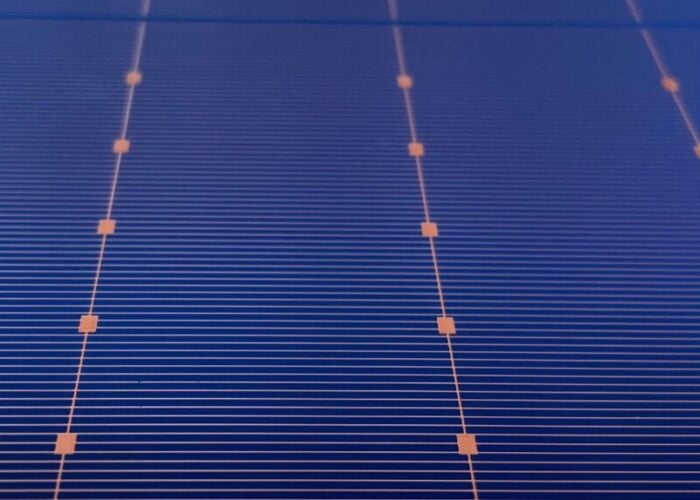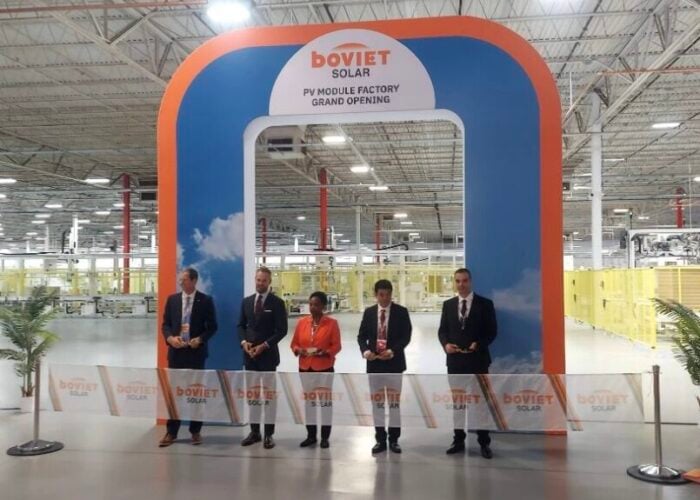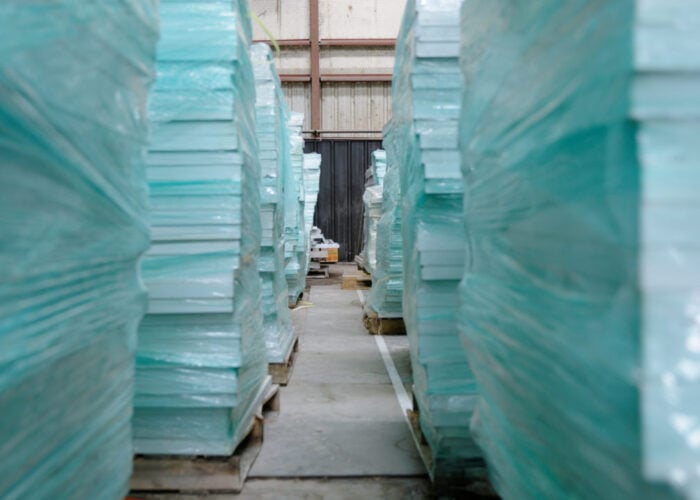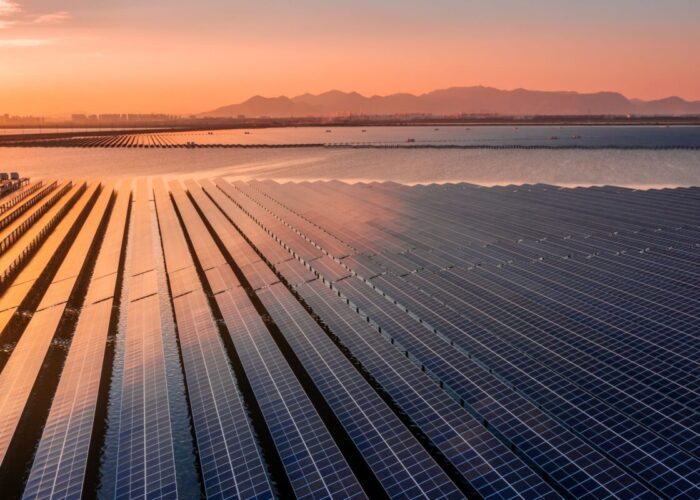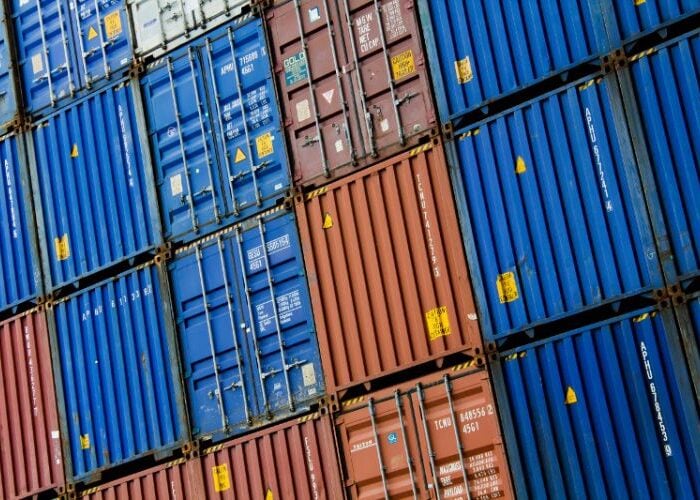The evolution of metallization paste and its impact on cell technology development was a key topic at PV CellTech 2018. During the conference, we caught up with Guangyao Jin, chief scientist, DuPont Solamet photovoltaic metallization pastes, to discuss industry trends.
As a leading materials supplier to the industry, DuPont has always invested in R&D with a long-term strategy to help the industry grow. Where are the next big challenges for the industry, and what role does DuPont play?
Unlock unlimited access for 12 whole months of distinctive global analysis
Photovoltaics International is now included.
- Regular insight and analysis of the industry’s biggest developments
- In-depth interviews with the industry’s leading figures
- Unlimited digital access to the PV Tech Power journal catalogue
- Unlimited digital access to the Photovoltaics International journal catalogue
- Access to more than 1,000 technical papers
- Discounts on Solar Media’s portfolio of events, in-person and virtual
Or continue reading this article for free
Guangyao Jin: In general, when we want to boost the cell efficiency, the easiest way is to lightly dope the emitters. In 2011, we introduced the Solamet PV17x metallization paste that enables LDE (Lightly Doped Emitters) cells with 0.2-0.4% efficiency gain, and since when the industry started to gain at least 0.1 to 0.2% efficiency each year by more advanced emitter, finer line and better aspect ratio enabled by the DuPont Solamet new generation paste products.
What we are working on right now, from fundamental material science, is to reformulate the inorganic system, to realise a better contact under lightly doped emitters in the future.
Meanwhile, due to the 'Super Top Runner' programs driven by China, we expect significant growth of N-type passivated contact technology in the coming few years. Whether it will become the main stream to replace the P-type position in the market today, will be highly subject to the total cost of ownership improvement throughout the whole value chain engagement. Silver paste is specially developed for this cell structure and it plays the most important role in driving the cell efficiency further, increasing to the level that enables competitive cost of ownership against P-type PERC cells in mass production.
DuPont is developing dedicated metallization solutions for passivated contact solar cells while remaining a reliable innovation partner to help our customers stay out in front of this next wave of high efficiency technology upgrading after PERC.
For years, there has been talk about copper plating making inroads into the industry, but screen-printed silver contacts remain the industry-standard. What has kept silver paste supply the optimum choice of the industry?
Copper plating is not a novel technology and has been tried in mass production many times. However, screen printing is the most robust metallization option as it is a well-developed technology supported by a matured industry value chain. It has also proven itself a very reliable technology since ancient China. Screen printing has dominated the current cell manufacturing market due to its robustness and easy adoption. It is also compatible with different cell structures and needs very limited equipment investment.
Customers can rely on improvements in screen technologies as well as paste technology improvements, which are easy to upgrade into existing lines.
Silver has better conductivity that can deliver higher efficiency – this is one of the main reasons that current mainstream manufacturers try to keep using this material with screen printing compared to copper plating. For copper there’s no standard equipment and they still have reliability issues.
When we try to push the screen printing technology towards even finer lines then the efficiency gap between the copper plating and the existing plating becomes almost negligible. Most of the manufacturing capacity is located in China where the environmental protection has started to become very restricted, so there are more barriers for copper plating to be implemented at this point.
What are you most excited about, over the next 12 months, before we all return to Penang in March next year for PV CellTech 2019?
We are looking very closely at the new development trends for cell technologies and we are working diligently to develop advanced materials to enable next generation technology. We think the more advanced cell structures like doped polycrystalline silicon passivated contact (TOPcon) – and these kinds of new technologies will be implemented into the existing N-type lines. So, people will start to see the compatible cost of ownership for n-type technologies with existing very strong PERC cells. We anticipate this to be one of the very exciting changes in the cell manufacturing industry that we'd like to see.
Guangyao Jin's pre-CellTech interview can be found here.

